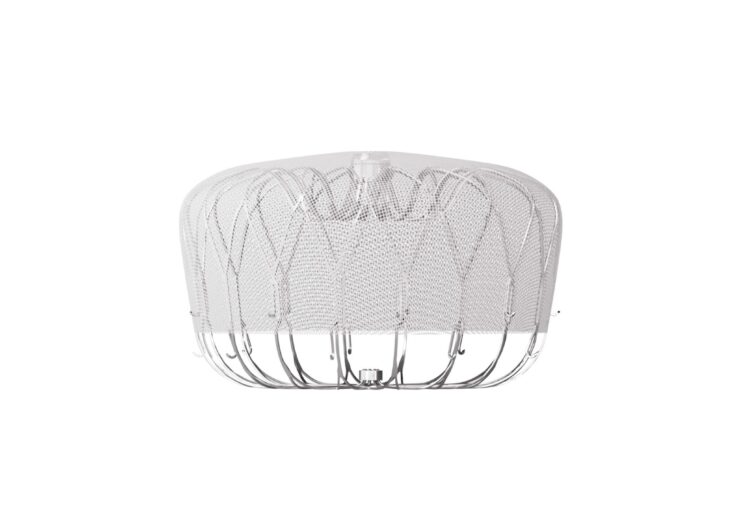The expanded FDA approval is based on clinical evidence, including analyses from the LAAO Registry within the American College of Cardiology Foundation’s National Cardiovascular Data Registry (NCDR)

Watchman FLX LAAC Device. (Credit: PRNewswire/Boston Scientific Corporation)
Boston Scientific has received expanded approval from the US Food and Drug Administration (FDA) for its Watchman FLX Left Atrial Appendage Closure (LAAC) device.
Watchman FLX was previously approved in the US to minimise the risk of stroke by preventing blood clots in the left atrial appendage (LAA) from entering the bloodstream.
The expanded approval will include a 45-day dual anti-platelet therapy (DAPT) option, as an alternative to post-procedural treatment in non-valvular atrial fibrillation (NVAF) patients.
The post-procedural treatment included a 45-day oral anticoagulation (OAC) plus aspirin.
Boston Scientific global chief medical officer Ian Meredith said: “This revised labelling provides physicians more flexibility to exercise their clinical judgment based on individual patient characteristics to determine the most appropriate post-procedural antithrombotic medication regimen.
“This significant step forward is supported by the robust safety and efficacy profile demonstrated by both the legacy WATCHMAN and current-generation WATCHMAN FLX technologies.”
The expanded FDA approval is based on clinical evidence, including analyses from the LAAO Registry within the American College of Cardiology Foundation’s National Cardiovascular Data Registry (NCDR).
The company submitted the data to support the safety and efficacy of DAPT as a post-procedural antithrombotic regimen in patients with NVAF who require an alternative to OAC.
In a recent analysis of more than 17,000 patients from the NCDR-LAAO Registry, the Watchman FLX device showed no significant difference in rates of major adverse events.
Data from the SURPASS analysis of more than 16,000 patients also showed low rates of adverse events and peri-device leak, 45 days after implant.
In addition, the investigator-led SEAL-FLX study showed a significantly higher rate of complete occlusion of LAA with the Watchman FLX, compared to Amulet device.
SEAL-FLX was the first study to exclusively compare the Watchman FLX device with the Amplatzer Amulet device, said Boston Scientific.
Furthermore, the device is currently being evaluated in ongoing studies, including the CHAMPION-AF and OPTION clinical trials, in broader patient populations with NVAF.
